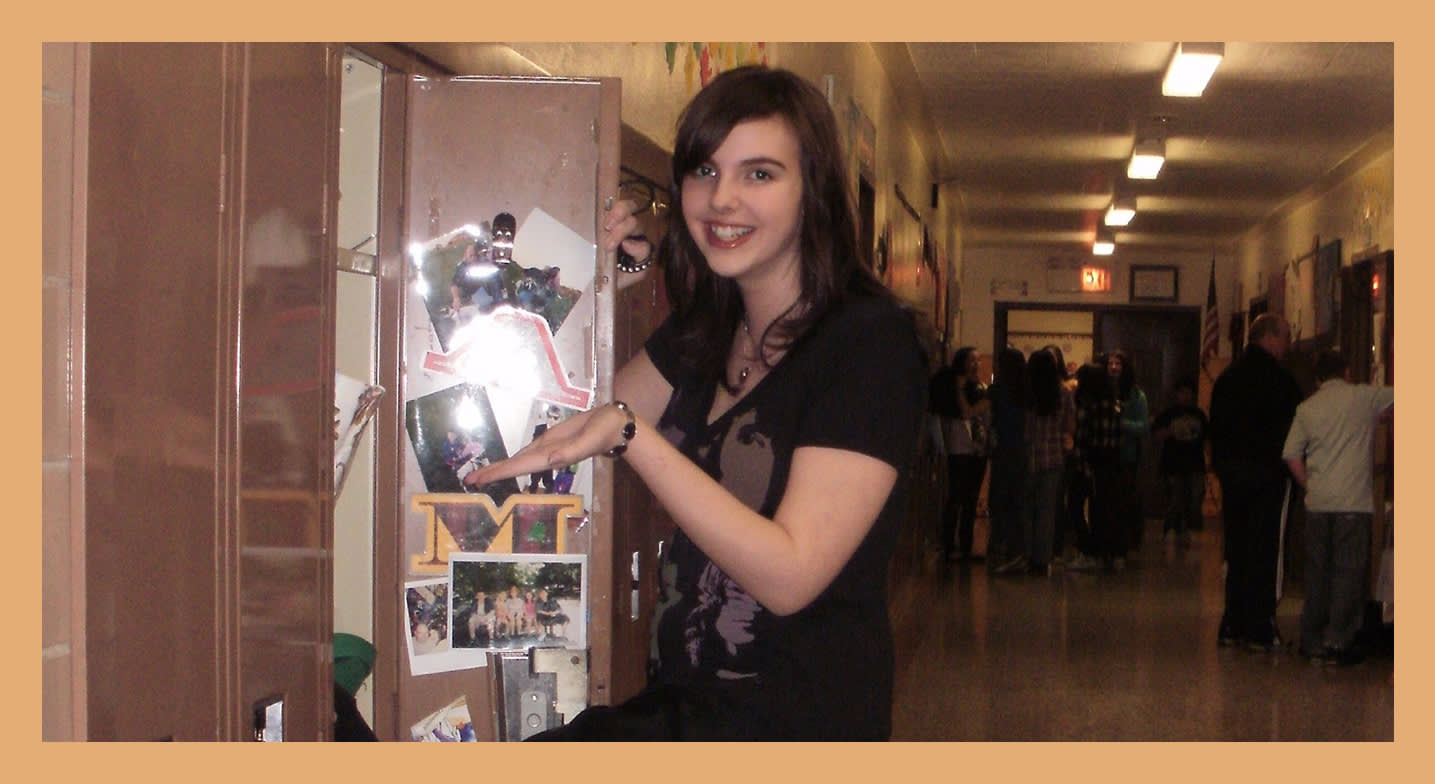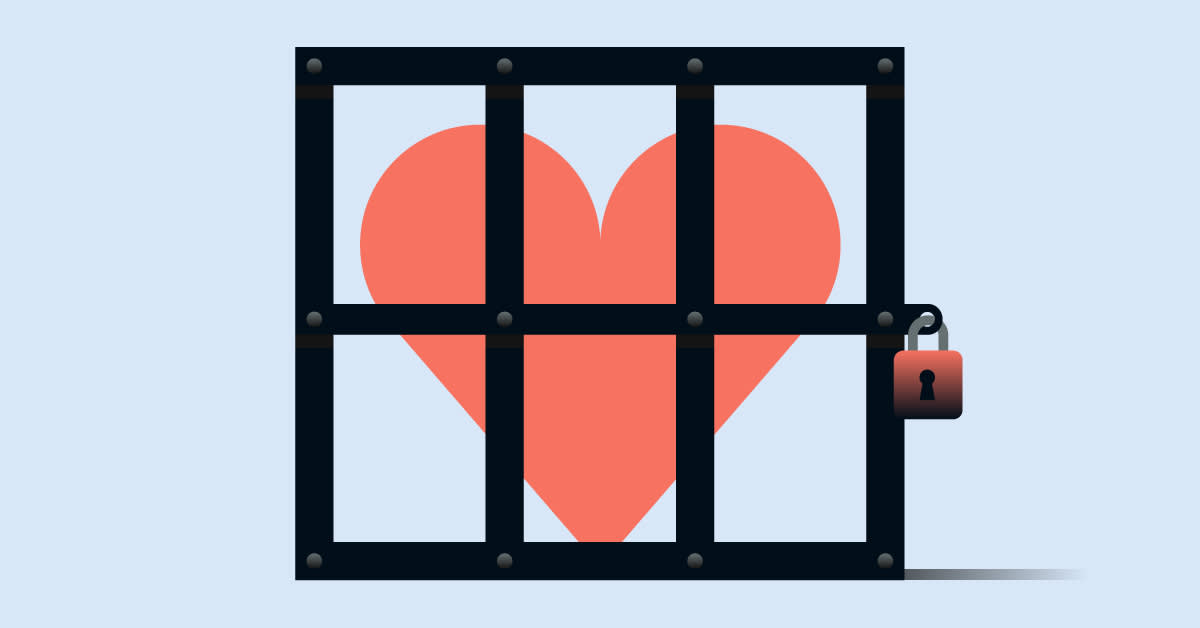I first read The Diary of a Young Girl when I was around 13 years old—the same age, I’d learn, as Anne Frank when she began journaling. At the time, Frank seemed more like a peer than a distant ghost of a faraway violent era, a teenager who, like me, felt the push and pull between adolescence and adulthood. She clashed with her mother, felt the nervous flutters of schoolgirl crushes, and fantasized about her future, that tangible promise of independence. Yet regardless of the parallels, there was still the lingering reminder of the barbaric cleave of history that separated us. At 13, I was happy, safe, unburdened, awarded the privileges of being a white, middle-class, Catholic, Irish-American teen. But Anne Frank spent her painfully brief teenage life either sequestered in an attic, hiding from the cruel threat of prejudice, or interned behind the barbed-wire walls of a Nazi concentration camp.
February of 2020 marked seventy-five years since Frank died while still imprisoned in Bergen-Belsen. She was 15 years old.
But while Frank’s journal entries—tinged with the rosy idealism of youth—felt relatable when I was a young teen, lately, I’ve been asking myself if her musings were simply hopelessly, tragically naïve. In the decade that has followed my first encounter with the diary of Anne Frank, that initial sense of teenaged kinship has given way to the cynicism of adult life. I have new concerns: ever-mounting monthly bills to pay, unceasing anxiety about our political climate, and the exhausting monotony of New York City’s daily grind. With these stressors combined, it’s sometimes difficult to shake my feelings of disenchantment, an attitude that makes it hard not to interpret Frank’s words as starry-eyed as I revisit her diary today. While her ethereal optimism is deeply moving, it’s also perhaps tempting to dismiss: “…in spite of everything, I still believe that people are really good at heart,” “try to recapture the happiness within yourself; think of all the beauty in yourself and in everything around you and be happy,” “I don’t think of all the misery, but of the beauty that still remains”.
These are difficult statements to swallow as an adult living in America at this point in time. The ugly political rhetoric that has opened veins of bigotry and hate in this nation coupled with an onslaught of seemingly endless news stories of death, despair, and indifference can make it difficult to find the beauty in anything. And as of late, a sort of shared collective trauma, rage at years of failed accountability, has all but dashed our faith in the possibility of progressive change. For every silver lining or ray of sunshine, there remains an even bigger, looming storm cloud that hovers ominously, threatening to flood the streets. The day-to-day minutia of overcrowded subway cars and painfully obvious displays of wealth disparity in New York—a constant reminder of flawed politics and issues overlooked or swept under the rug—only underscore feelings of helplessness and hurt. And for me, an individual balancing these stressors with mental health issues, it sometimes feels impossible to find a light in the dark.
From this perspective, Frank’s bright, dreamy, downright optimistic musings from within the midst of the Holocaust—one of the most unfathomably horrific moments in history—feel especially jarring. How is it possible that, in a time of such incomprehensible despair, she somehow held onto the threads of hope?
Is it because she was so young? Hope is trivial, impractical, and childish, we reason as we become older, because younger generations haven’t seen history repeat itself again and again; their dreams are still just that, their aspirations undashed and achievable. Yes, it’d be simple to attribute her buoyant, bright-side-minded meditations to her youth. Yet it does an immense disservice to Frank and the countless modern-day youth activists—championing causes from climate change to gun violence—who fight for a better tomorrow, to imply that hope is something to be outgrown.
Cynicism is not a prerequisite for adulthood. We can look to history and current events for vivid evidence of that. Throughout eras of great violence and injustice, activists have made the conscious choice to be defiantly hopeful even when the outcome looks grim, and movements built on this boldness consistently emerge amongst the sting of persecution.
From the resistance campaigns waged by Black activists during the Civil Rights Movements of the 1950s and ‘60s to those who still march today to proclaim that Black Lives Matter; to the acts of civil disobedience that brought women the right to vote and to fight for reproductive justice; to the acts of rebellion and years of advocacy that have brought the LGBTQIA+ community increased visibility, acceptance, and freedom—decades of change have been built on the fight for what is necessary, a fight rooted in a great many things—sorrow, exhaustion, fury, and fear—that nevertheless hinges on hope.
Rather than complacency or naïveté, perhaps Anne Frank’s focus on love, on unity, on the potential of a less hateful future is an act of resistance. Her diary entries, far from childlike or guileless, are indicative of a young woman refusing to sacrifice her humanity or let her spirit be splintered by a looming sense of evil. By reclaiming hope and finding threads of beauty and promise in a war-ravaged world, Frank defied the Nazi party; in the pages of her diary, she remained lively and spirited, rebelliously celebrating life in a regime that sought her death.
Right now, optimism can feel short-sighted and even foolish. The confluence of events that have plagued our global community in the past few months have been unrelenting and frightening: we are separated from those we love, we are unable to hug or kiss or touch or comfort one another, and we are reckoning with addressing inequalities that have become ever more stark and urgent. Remembering the life, the words, and the message of Anne Frank is more vital now than ever: to get through this, to get through anything in life, we must find solace and joy within ourselves. We must believe in the good of one another and the power of that goodness to triumph over every possible threat—our hearts must remain undeterred.
Writing a few months before her family’s arrest, Anne Frank asserted that, “…where there’s hope, there’s life.” Between our current sociopolitical climate, which is still indisputably riddled with discrimination and hate, and the novel fears born from the fallout of a world health crisis, it’s certainly tempting to fall into despondency. But brilliant, beautiful, and heartbreaking, The Diary of a Young Girl cuts through the noise with its message of hope—not as a platitude or a blind spot—but as a method of survival.





